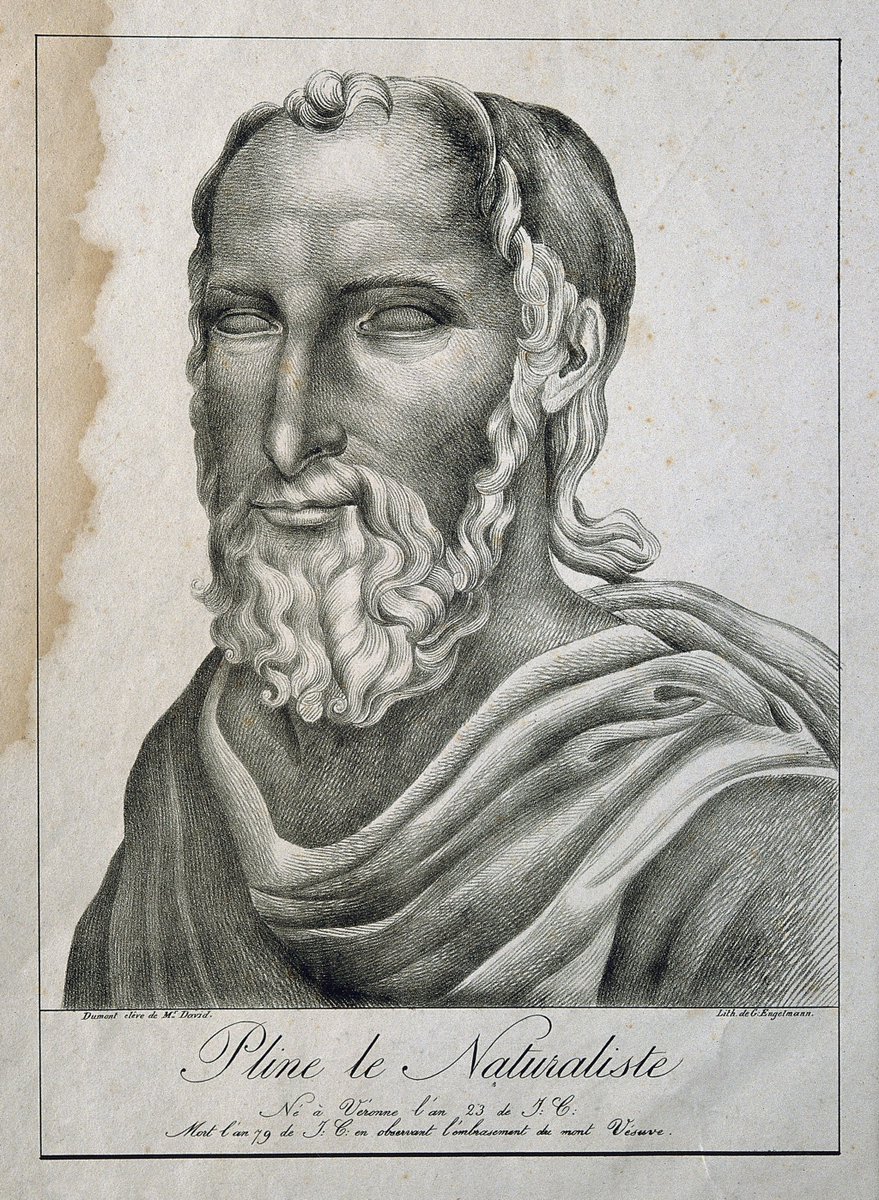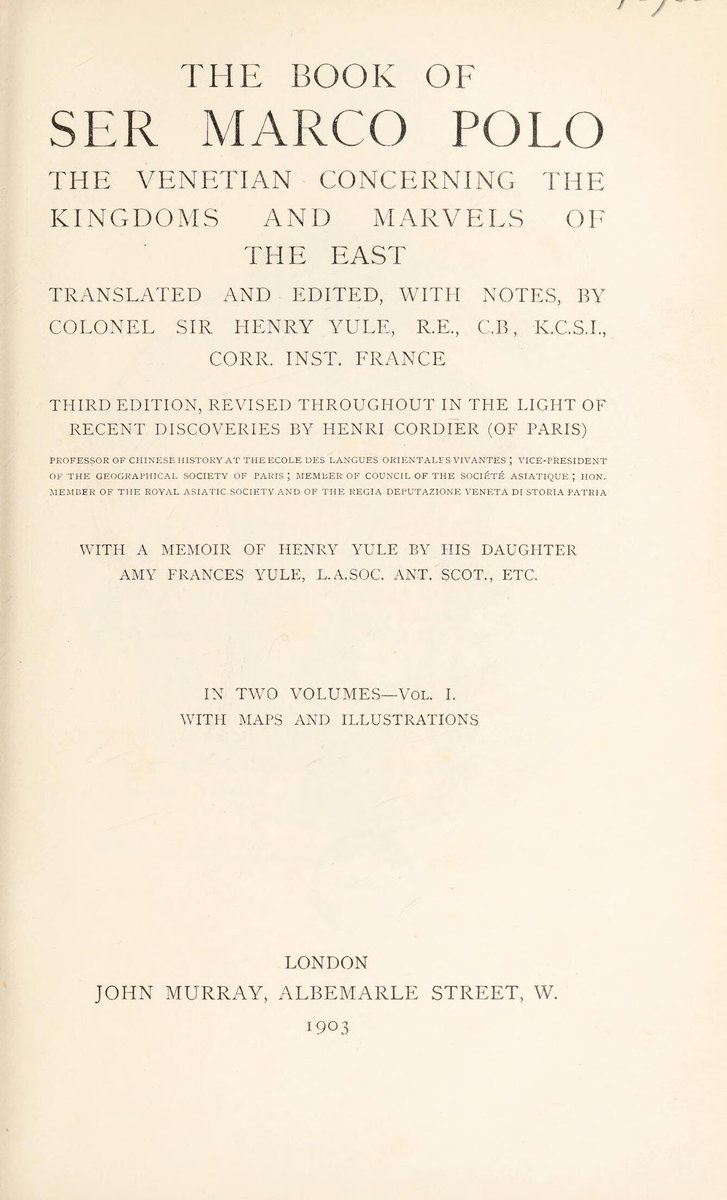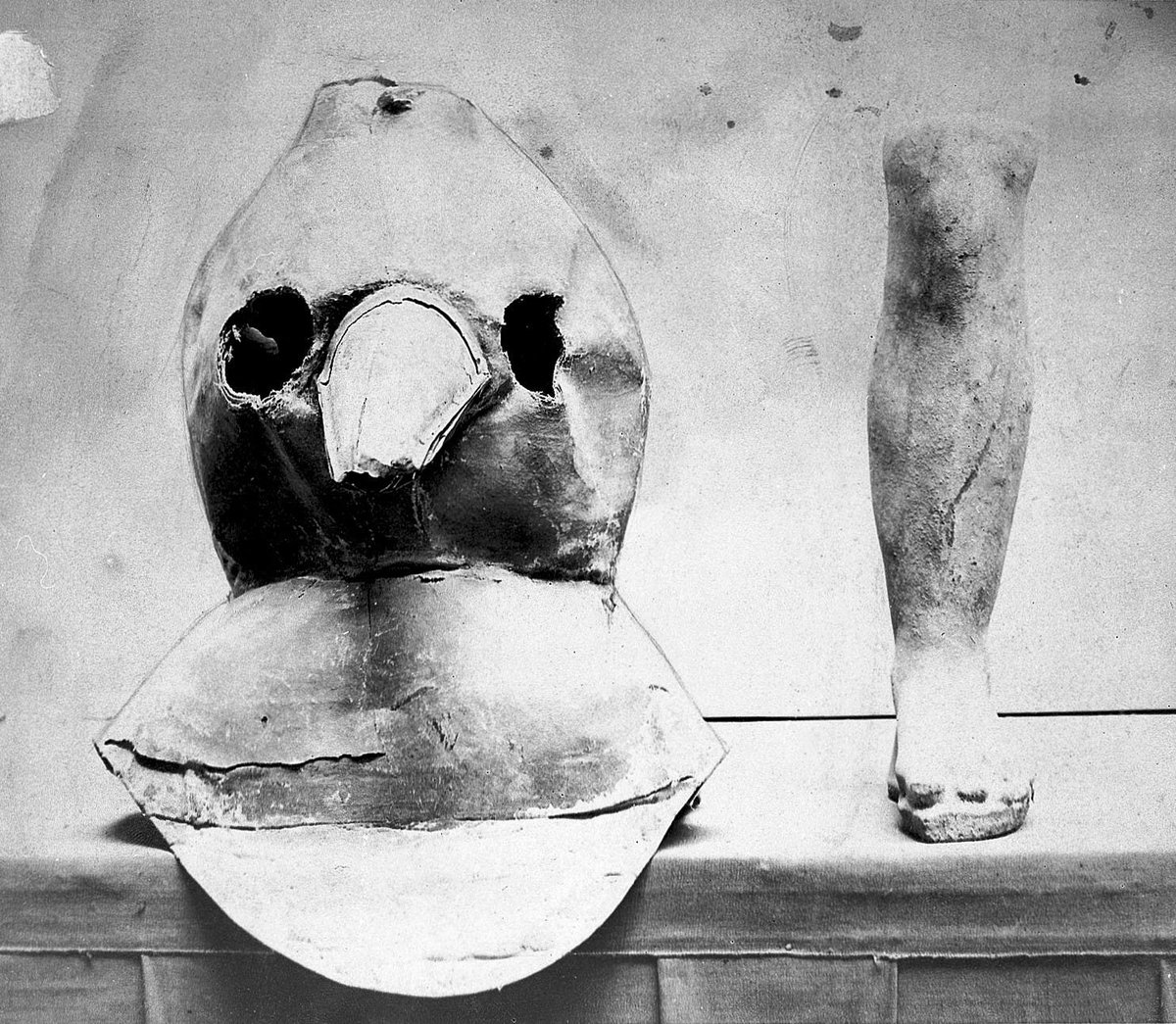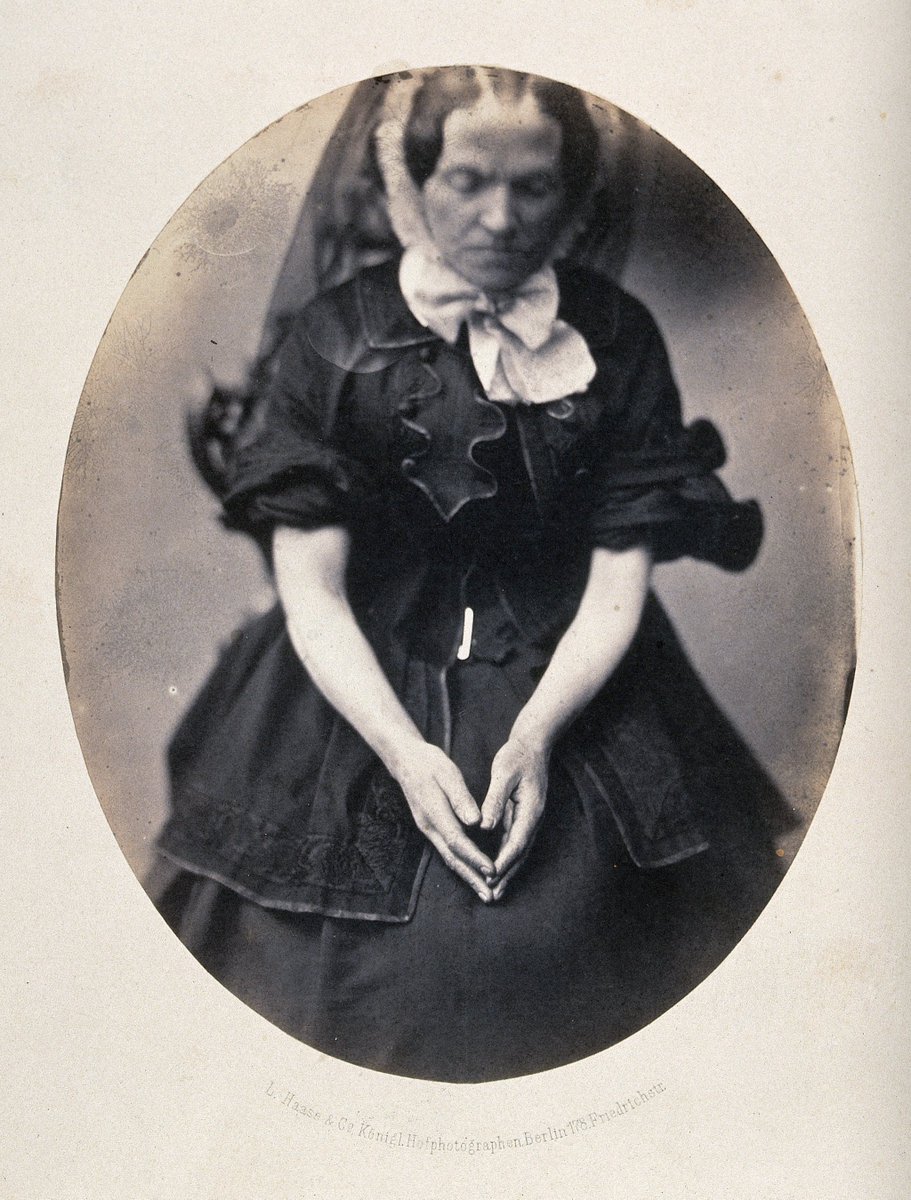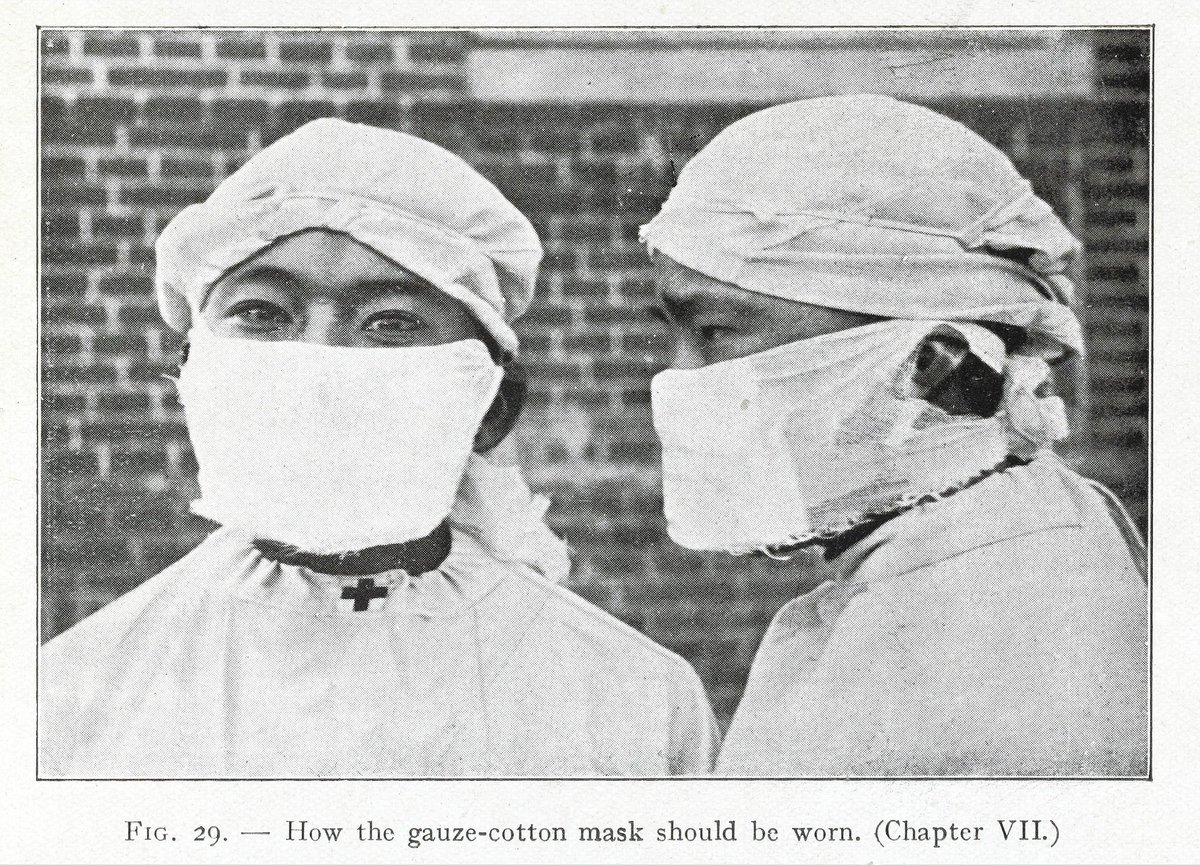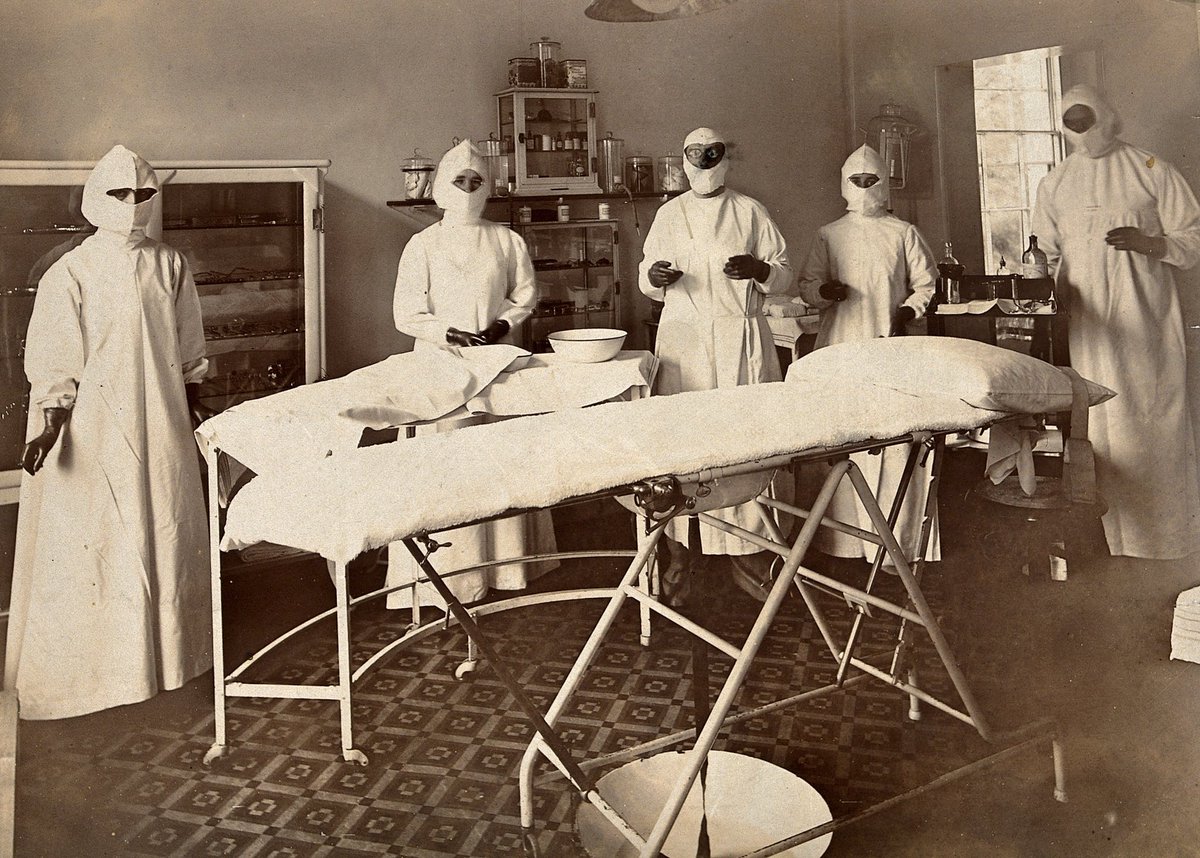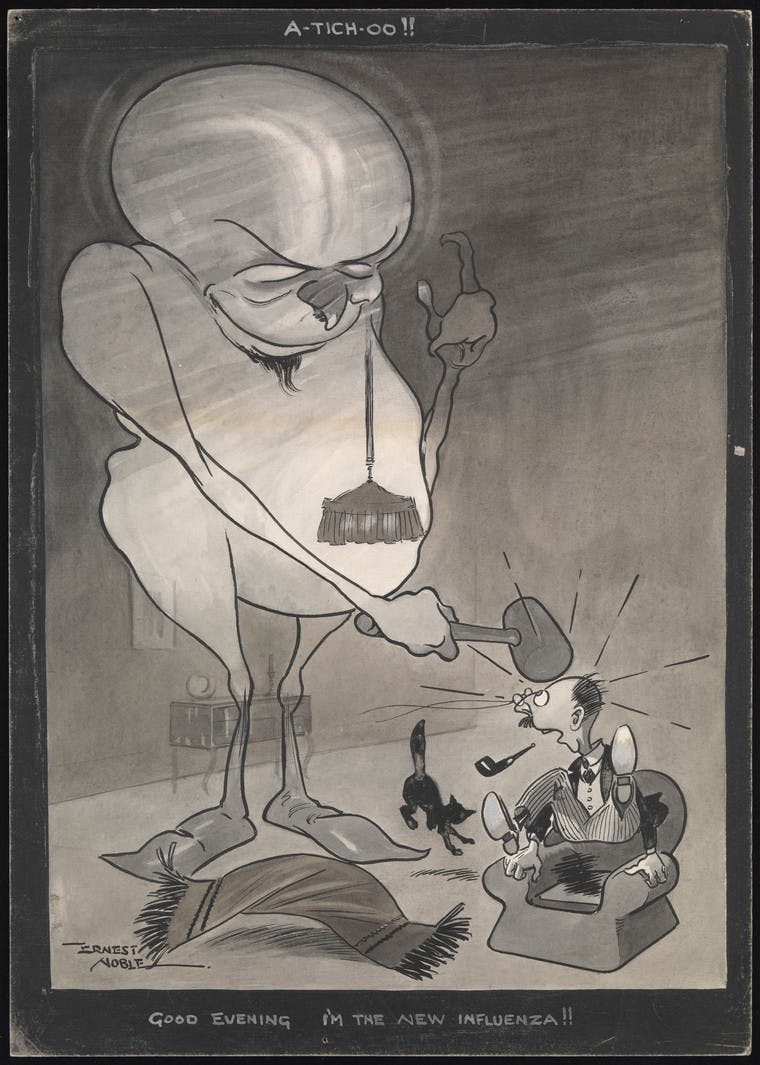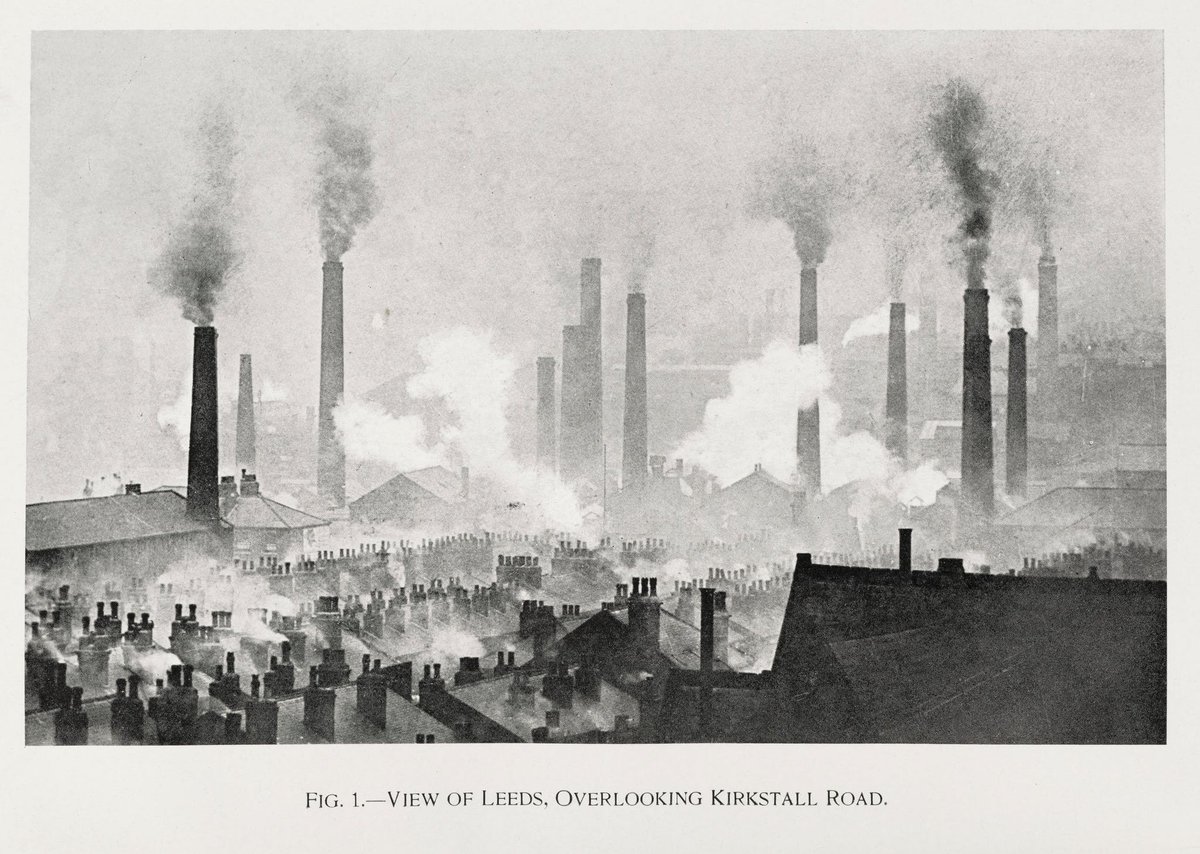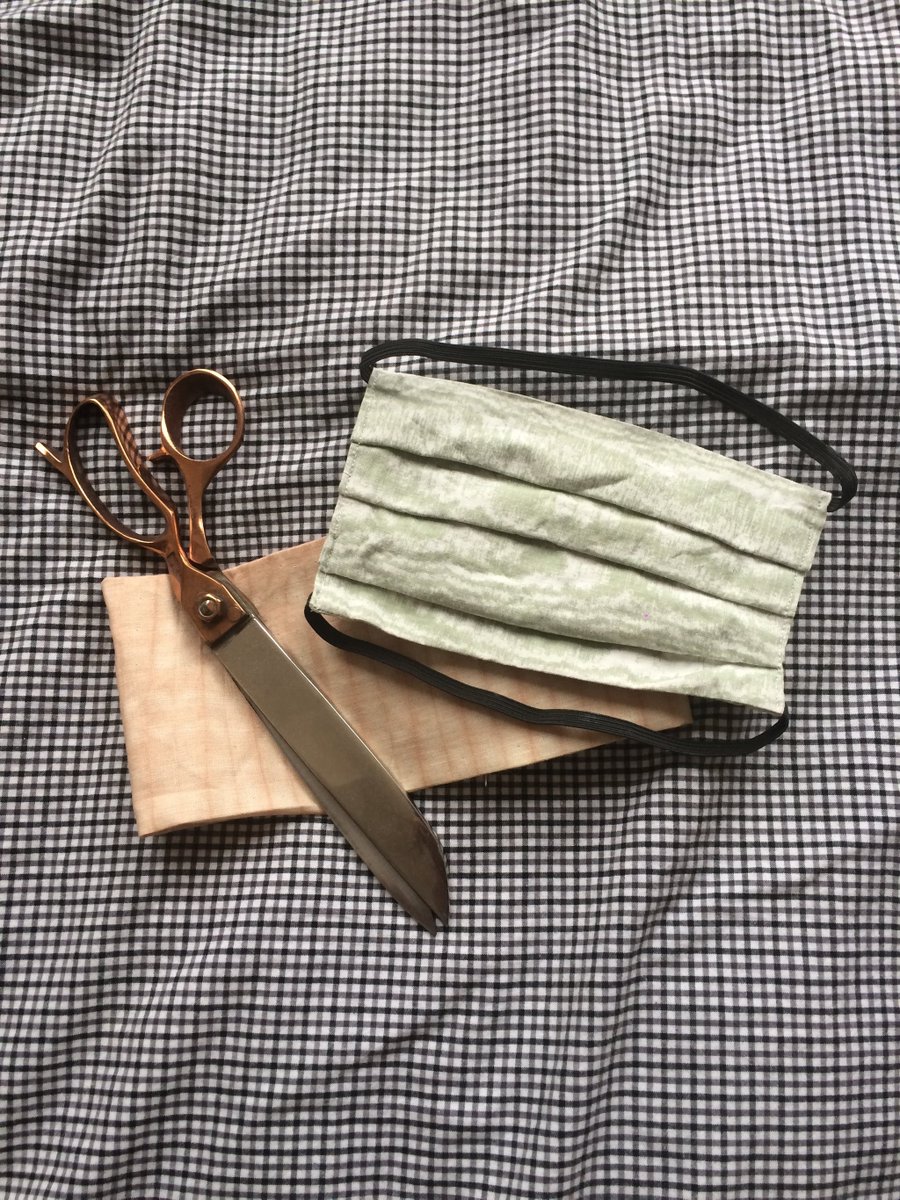Love them or loathe them, face coverings have been used to protect us from all sorts of harmful material in the air for a very long time. [Thread] #facecoverings #facemask
Face coverings as a way of protecting respiratory health go back at least 2,000 years. The Roman philosopher Pliny the Elder used animal-bladder skins as masks to filter dust from toxic minerals used at the time for pigmentation in decorations. #facecoverings
In his travelogue, Italian explorer Marco Polo (1254–1324) described the servants attending to the Chinese emperor and his entourage wearing silk scarves to cover their mouths and noses to prevent their breath from contaminating the food they prepared. #facecoverings
By the early 14th century, the Black Death, Europe’s largest plague epidemic, had prompted widespread use of facial coverings. Another outbreak in the 17th century led to the invention of the famous beak mask, which came to symbolise the plague. #facecoverings
Artist Leonardo da Vinci (1452–1519) soaked cloth in water and placed it on his face in order to prevent toxic chemicals from paint and plaster from entering his lungs; common advice, even today, for avoiding smoke inhalation. #facecoverings
The discovery in 1861 of the presence of bacteria in the air by Louis Pasteur made people aware of the dangers of breathing in harmful pathogens. This led doctors to prescribe cotton masks to limit contagion during epidemics. Fashionable women wore lace veils. #facecoverings
In the early 20th century, public-health specialist Wu Lien-teh, investigating a pneumonic plague that had broken out in northern China, developed a cotton mask with ties around the ears - the prototype from which the masks currently used in medicine today evolved. #facecoverings
In 1905 physician Alice Hamilton published a study on the amount of bacteria expelled when scarlet fever patients coughed, as well as bacteria from healthy doctors and nurses. Her recommendations led to widespread use of protective masks for surgeons and nurses. #facecoverings
During the global flu pandemic of 1918, both medics and members of the public used protective masks, especially in America, where they were often compulsory. The virus killed more people than World War I, which had only just ended when ‘Spanish’ flu emerged. #facecoverings
Increased industrialisation meant that by the 20th century one of the biggest threats to public health was air pollution. It led to people in some of the worst-affected cities adopting ‘smog masks’. #facecoverings
Today we are once again returning to face coverings to protect us from the global pandemic of COVID-19. While some may question their effectiveness, history makes it difficult to deny that these small pieces of cloth have helped to protect health and save lives. #facecoverings

 Read on Twitter
Read on Twitter![Love them or loathe them, face coverings have been used to protect us from all sorts of harmful material in the air for a very long time. [Thread] #facecoverings #facemask Love them or loathe them, face coverings have been used to protect us from all sorts of harmful material in the air for a very long time. [Thread] #facecoverings #facemask](https://pbs.twimg.com/media/EdtCbaEWAAMvG5h.jpg)
